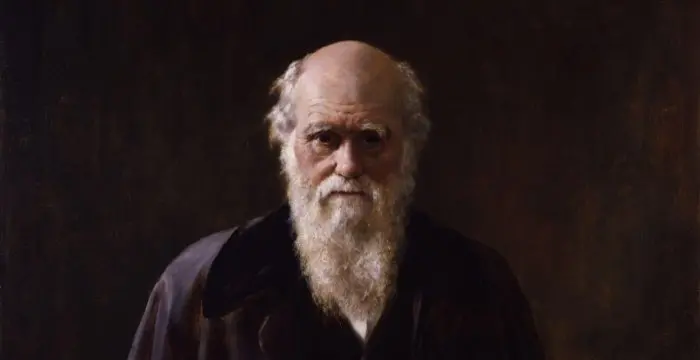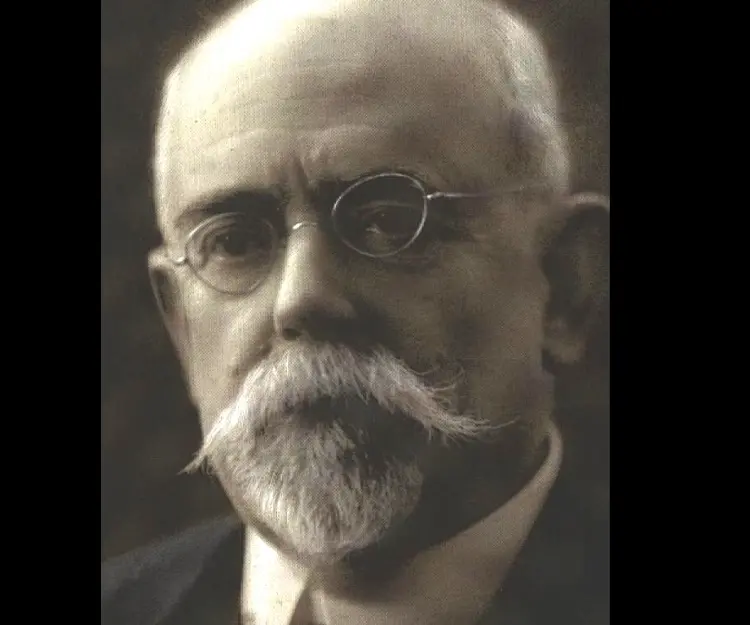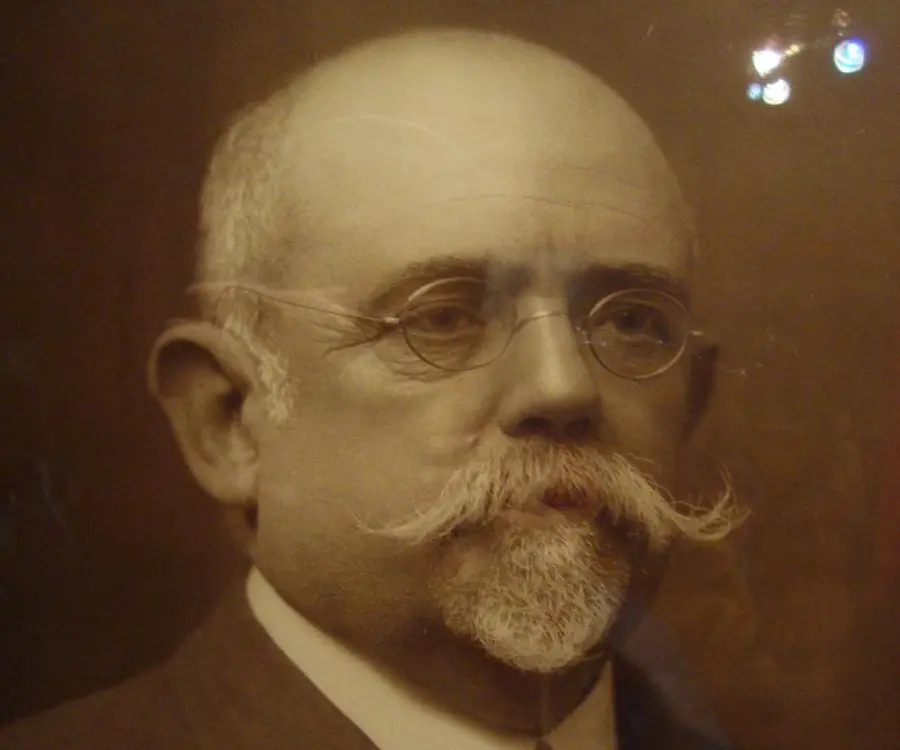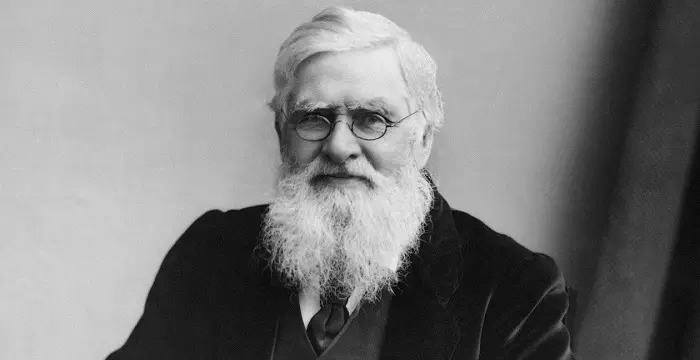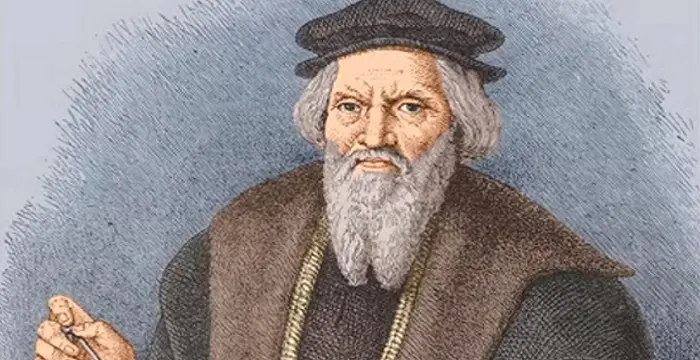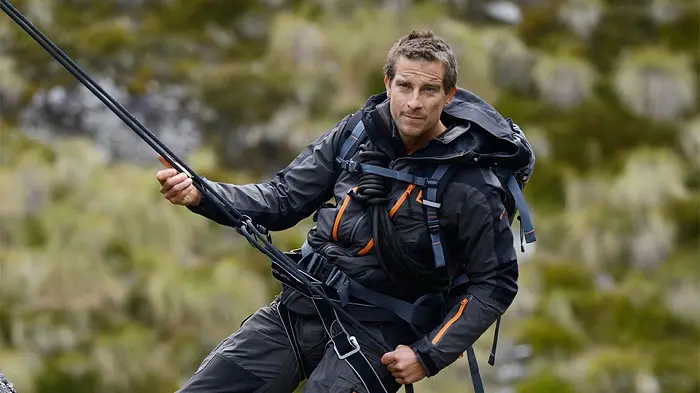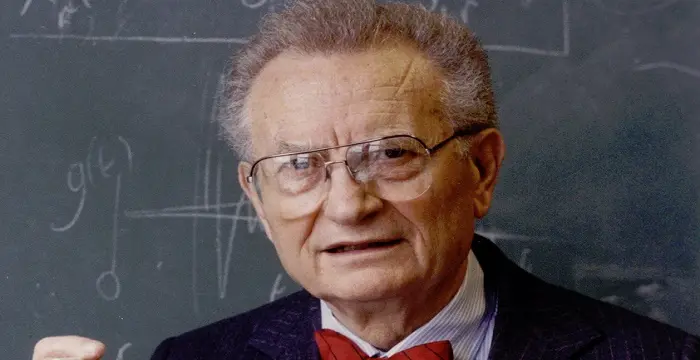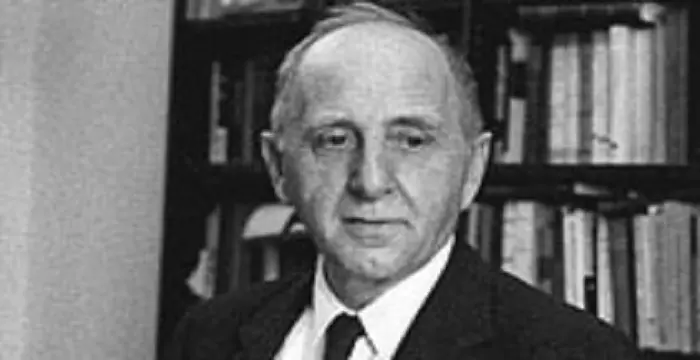
Francisco Moreno - Naturalist, Family and Childhood
Francisco Moreno's Personal Details
Francisco Moreno was an Argentine naturalist, explorer, anthropologist, and geographer in the late 19th century
| Information | Detail |
|---|---|
| Birthday | May 31, 1852 |
| Died on | November 22, 1919 |
| Nationality | Argentinian |
| Famous | Intellectuals & Academics, Geographers, Anthropologists, Explorers, Naturalist |
| Spouses | María Ana Varela (m. 1885) |
| Siblings | Edward Moreno, Joshua Moreno, Juana Moreno, Molly Moreno |
| Childrens | Florencio Moreno |
| Birth Place | Buenos Aires, Argentina |
| Gender | Male |
| Father | Francisco Moreno |
| Mother | Juana Thwaites Madero |
| Sun Sign | Gemini |
| Born in | Buenos Aires, Argentina |
| Famous as | Naturalist, Explorer, Anthropologist, Geographer |
| Died at Age | 67 |
// Famous Naturalist
Charles Darwin
Charles Darwin was one of the most influential figures in human history. Go through this biography to get details about his life, profile and timeline.
John Muir
John Muir was a famous American naturalist, author and an advocate of wildlife preservation. This biography offers detailed information about his childhood, life, works, achievements and timeline.
David Attenborough
Sir David Attenborough is an English broadcaster and naturalist. This biography offers detailed information about his childhood, life, works, achievements, trivia and timeline.
Francisco Moreno's photo
Who is Francisco Moreno?
Francisco Moreno was a prominent Argentine naturalist, explorer, and geographer in the late 19th century. Counted amongst the first anthropologists of Argentina, he was appointed by the Argentine government to act as an expert (perito) in the border conflict between Argentina and Chile. He was an advocate for the region’s colonization and played a vital role in the Argentine incorporation of large parts of Patagonia and its subsequent development. Born into a traditional patrician family in Buenos Aires, he started collecting artifacts and fossils as a young boy, and created a homemade museum of his extensive collections when he was 14. Due to his family connections he was able to become a part of Argentina’s learned societies and political networks which greatly helped him in his future career. The first of the series of scientific expeditions he embarked on was a survey of Río Negro Territory. Over the ensuing years he made many other expeditions and spent several years in Europe. The adventurous young man also faced many life-threatening ordeals during his travels to savage territories but nothing could dampen his love for exploration. In his later years, he became more involved in politics and public education, and also founded the La Plata Museum of Natural History, the most important of its kind in South America.
// Famous Geographers
Jabir Ibn Hayyan
Jabir Ibn Hayyan was a medieval era polymath. Check out this biography to know about his life, works and achievements.
Hipparchus
Hipparchus was a Greek astronomer and mathematician. This biography profiles his childhood, life, achievements and timeline.
Alfred Russel Wallace
Alfred Russel Wallace was a British scientist and explorer, best known for discovering the concept of evolution by natural selection. This biography of Alfred Wallace provides information about his childhood, life, achievements, works & timeline.
Childhood & Early Life
Francisco Pascasio Moreno was born on May 31, 1852, in Buenos Aires, to Francisco and Juana Thwaites Madero. His family was an influential one and his father was one of the founding members of the influential Club del Progreso, secretary of the Buenos Aires Commerce Stock Market, director of the Buenos Aires Province Bank, and member of the Argentine parliament.
Francisco Moreno was interested in collecting artifacts and fossils from a young age and created a homemade museum of his extensive collections when he was 14. He studied in local parochial schools and graduated in 1872. He did not attend university and began working in the family’s insurance companies.
Due to his family’s connections, he became part of Argentina’s learned societies and political networks and participated in the founding of the Argentine Scientific Society in 1872.
Later Years
Francisco Moreno embarked on a series of explorations in the 1870s. The first one of these was a survey of Río Negro Territory, a hitherto largely uncharted territory. He explored the valleys of Patagonia and the Argentinean Northwest, and reached Lake Nahuel-Huapi in the southern Andes in 1876.
He collected objects of natural history and archeological interest in his travels. In February 1877, he discovered Lake San Martín and explored numerous rivers in Patagonia. In March the same year, he discovered and named Mount Fitz Roy.
On his return, he presented his collections to the Province of Buenos Aires for the purpose of establishing an archaeological and anthropological museum. The museum was inaugurated in August 1878.
He visited France in 1880 where he spoke at a meeting of the Anthropology Society of Paris. He had unearthed two prehistoric skulls in the Rio Negro territory and discussed their possible origins at the meeting. He believed one skull was from the Quaternary period while the other bore marks of ritual deformation in a manner similar to the skulls of the Aymara people of the Andes and Altiplano.
Soon after returning to Argentina, he embarked on his second major expedition to the territory of Patagonia. He explored the Lake Nahuel along with his team when they were taken prisoners by a Tehuelche aboriginal tribe. He was condemned to death but he made a daring escape barely a day before his planned execution.
Even the near-death experience could not dampen Moreno’s adventurous spirit and he proceeded to explore the Andes from Bolivia southward in 1882-83, and made new explorations of the territory south of the Río Negro and of Patagonia in 1884-85.
In 1888, he founded the La Plata Museum of Natural History, which is today the most important of its kind in South America and one of the most important museums in the world. His vast collection of artifacts which are housed in the museum is credited to have played a significant role in contributing to the national mythology. Moreno served as the first director of the museum until 1906.
In 1902, Moreno was appointed Perito (a technical specialist or expert) in the border conflict with Chile. In this position he disproved Chilean claims to the continental divide in the Southern Cone.
He served as the national deputy from 1910–1913. In this capacity he proposed several projects including the construction of railroads in Patagonia, the creation of a national scientific service (for topographic, hydrographical, geologic, and biological surveys), and the establishment of national parks.
During his later years he acted as vice president of National Council for Education and established the Scouting and Guiding in Argentina, the Argentine Boy Scouts Association, in 1912. He was also actively involved in political developments and joined the reactionary Argentine Patriotic League during the World War I.
Major Works
In 1888, Francisco Moreno founded the La Plata Museum, a natural history museum in La Plata, Argentina, which is counted amongst the most important of its kind in the world. It receives around 400,000 visitors every year, including a thousand visiting researchers.
Awards & Achievements
Moreno received an honorary doctorate from the University of Córdoba in 1877.
He received the Royal Geographical Society Founder’s Medal in 1907 for extensive explorations in the Patagonian Andes.
Personal Life & Legacy
He married María Ana Varela in 1885 and raised a family with her.
He died on November 22, 1919, in Buenos Aires, at the age of 67.
// Famous Explorers
John Cabot
John Cabot was an Italian navigator and explorer who was the first European to discover the coast of North America. Check out this biography to know about his childhood, life, and achievements.
Marco Polo
Marco Polo was the legendary Italian merchant, explorer and traveler, who travelled to China and worked under emperor, Kublai Khan. Read this biography to learn more about his profile, childhood, life and timeline.
Bear Grylls
Bear Grylls is an adventurer popularly known for his bizarre survival tactics in reality television series Man vs. Wild. This biography provides detailed information about his childhood, profile, career and timeline.
Francisco Moreno's awards
| Year | Name | Award |
|---|---|---|
Other | ||
| 0 | Founder's Gold Medal | |
Francisco Moreno biography timelines
- // 31st May 1852Francisco Pascasio Moreno was born on May 31, 1852, in Buenos Aires, to Francisco and Juana Thwaites Madero. His family was an influential one and his father was one of the founding members of the influential Club del Progreso, secretary of the Buenos Aires Commerce Stock Market, director of the Buenos Aires Province Bank, and member of the Argentine parliament.
- // 1872Francisco Moreno was interested in collecting artifacts and fossils from a young age and created a homemade museum of his extensive collections when he was 14. He studied in local parochial schools and graduated in 1872. He did not attend university and began working in the family’s insurance companies.
- // 1872Due to his family’s connections, he became part of Argentina’s learned societies and political networks and participated in the founding of the Argentine Scientific Society in 1872.
- // 1876Francisco Moreno embarked on a series of explorations in the 1870s. The first one of these was a survey of Río Negro Territory, a hitherto largely uncharted territory. He explored the valleys of Patagonia and the Argentinean Northwest, and reached Lake Nahuel-Huapi in the southern Andes in 1876.
- // 1877Moreno received an honorary doctorate from the University of Córdoba in 1877.
- // Feb 1877He collected objects of natural history and archeological interest in his travels. In February 1877, he discovered Lake San Martín and explored numerous rivers in Patagonia. In March the same year, he discovered and named Mount Fitz Roy.
- // Aug 1878On his return, he presented his collections to the Province of Buenos Aires for the purpose of establishing an archaeological and anthropological museum. The museum was inaugurated in August 1878.
- // 1880He visited France in 1880 where he spoke at a meeting of the Anthropology Society of Paris. He had unearthed two prehistoric skulls in the Rio Negro territory and discussed their possible origins at the meeting. He believed one skull was from the Quaternary period while the other bore marks of ritual deformation in a manner similar to the skulls of the Aymara people of the Andes and Altiplano.
- // 1882 To 1884Even the near-death experience could not dampen Moreno’s adventurous spirit and he proceeded to explore the Andes from Bolivia southward in 1882-83, and made new explorations of the territory south of the Río Negro and of Patagonia in 1884-85.
- // 1885He married María Ana Varela in 1885 and raised a family with her.
- // 1888 To 1906In 1888, he founded the La Plata Museum of Natural History, which is today the most important of its kind in South America and one of the most important museums in the world. His vast collection of artifacts which are housed in the museum is credited to have played a significant role in contributing to the national mythology. Moreno served as the first director of the museum until 1906.
- // 1888In 1888, Francisco Moreno founded the La Plata Museum, a natural history museum in La Plata, Argentina, which is counted amongst the most important of its kind in the world. It receives around 400,000 visitors every year, including a thousand visiting researchers.
- // 1902In 1902, Moreno was appointed Perito (a technical specialist or expert) in the border conflict with Chile. In this position he disproved Chilean claims to the continental divide in the Southern Cone.
- // 1907He received the Royal Geographical Society Founder’s Medal in 1907 for extensive explorations in the Patagonian Andes.
- // 1910 To 1913He served as the national deputy from 1910–1913. In this capacity he proposed several projects including the construction of railroads in Patagonia, the creation of a national scientific service (for topographic, hydrographical, geologic, and biological surveys), and the establishment of national parks.
- // 1912During his later years he acted as vice president of National Council for Education and established the Scouting and Guiding in Argentina, the Argentine Boy Scouts Association, in 1912. He was also actively involved in political developments and joined the reactionary Argentine Patriotic League during the World War I.
- // 22nd Nov 1919He died on November 22, 1919, in Buenos Aires, at the age of 67.
// Famous Intellectuals & Academics
Bertil Gotthard Ohlin
Bertil Gotthard Ohlin was a famous Swedish economist. This biography profiles his childhood, family life & achievements.
Emily Greene Balch
Emily Greene Balch was an American economist, sociologist and pacifist who won the 1946 Nobel Peace Prize. This biography of Emily Greene Balch provides detailed information about her childhood, life, achievements, works & timeline.
Martin Buber
One of the greatest philosophers to have ever walked on earth, Martin Buber contributions to philosophy is a long-standing one. Explore all about his profile, childhood, life and timeline here.
Paul Samuelson
Nobel laureate Paul Anthony Samuelson is referred to as the ‘Father of Modern Economics’. This biography profiles his childhood, life, career, achievements and interesting facts about him.
Lao Tzu (Laozi)
Lao Tzu was a legendary Chinese philosopher who wrote the important “Daodejing”. This biography profiles his childhood, life, career, achievements and timeline.
Simon Kuznets
Simon Kuznets was a noted Russian-American economist, statistician, demographer, and economic historian. Check out this biography to know about his childhood, family life, achievements and other facts related to his life.
Francisco Moreno's FAQ
What is Francisco Moreno birthday?
Francisco Moreno was born at 1852-05-31
When was Francisco Moreno died?
Francisco Moreno was died at 1919-11-22
Which age was Francisco Moreno died?
Francisco Moreno was died at age 67
Where is Francisco Moreno's birth place?
Francisco Moreno was born in Buenos Aires, Argentina
What is Francisco Moreno nationalities?
Francisco Moreno's nationalities is Argentinian
Who is Francisco Moreno spouses?
Francisco Moreno's spouses is María Ana Varela (m. 1885)
Who is Francisco Moreno siblings?
Francisco Moreno's siblings is Edward Moreno, Joshua Moreno, Juana Moreno, Molly Moreno
Who is Francisco Moreno childrens?
Francisco Moreno's childrens is Florencio Moreno
Who is Francisco Moreno's father?
Francisco Moreno's father is Francisco Moreno
Who is Francisco Moreno's mother?
Francisco Moreno's mother is Juana Thwaites Madero
What is Francisco Moreno's sun sign?
Francisco Moreno is Gemini
How famous is Francisco Moreno?
Francisco Moreno is famouse as Naturalist, Explorer, Anthropologist, Geographer
